Expanded polystyrene (EPS), commonly known as Styrofoam, is a versatile material used in various applications, including insulation, packaging, and crafts. While its smooth, non-porous surface can make painting a challenge, it’s definitely possible with the right approach.
This blog post will guide you through the process of successfully painting EPS, covering essential steps like surface preparation, primer selection, and choosing the appropriate paint.
We’ll also discuss important considerations and provide helpful tips to achieve a smooth and long-lasting finish.
Can Expanded Polystyrene Be Painted?
Expanded Polystyrene (EPS), commonly known as Styrofoam, is a versatile material used in various applications due to its lightweight and insulating properties. From packaging to construction, EPS serves as a popular choice.
However, when it comes to adding color or finishing touches to EPS surfaces, questions arise regarding its paintability.
What Is Expanded Polystyrene (EPS)
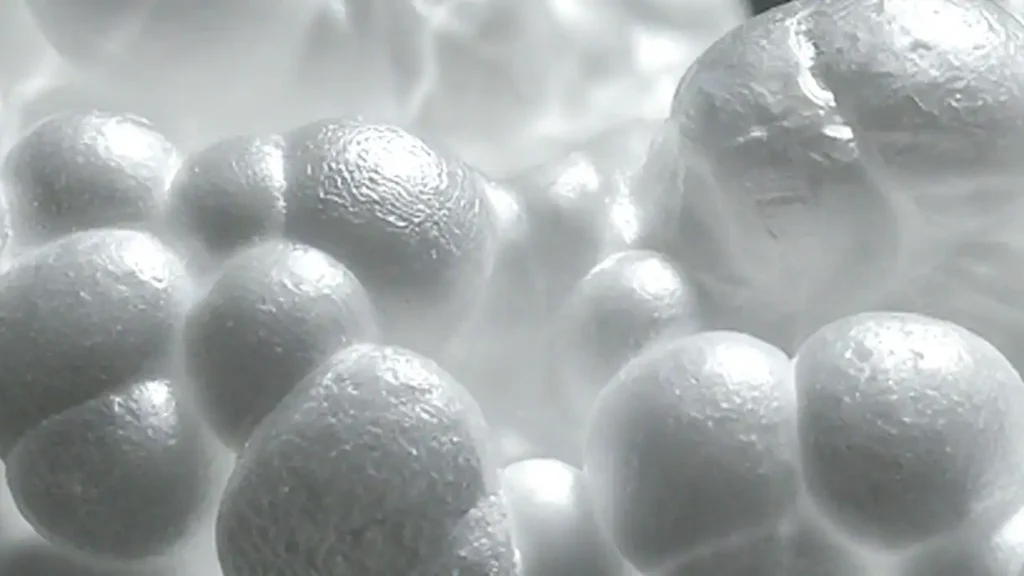
EPS is a type of plastic foam composed of polystyrene beads expanded through a blowing agent. This expansion process creates a cellular structure that gives EPS its characteristic lightweight and insulating properties. Due to its affordability and versatility, EPS finds applications in packaging, construction, arts and crafts, and more.
Properties of Expanded Polystyrene
Expanded Polystyrene (EPS) possesses several noteworthy properties that contribute to its wide range of applications:
- Lightweight and Insulating: EPS is exceptionally lightweight, making it easy to handle and transport. Additionally, it exhibits excellent thermal insulation properties, making it suitable for use in construction, packaging, and other applications where temperature control is essential.
- Porous Structure: The cellular structure of EPS enables it to absorb moisture and air, which can impact its paintability and adhesion. Proper surface preparation is necessary to ensure a smooth and durable finish when painting EPS.
- Resistance to Moisture and Chemicals: EPS is inherently resistant to moisture and many chemicals, which enhances its durability and longevity in various environments. However, it’s important to consider the compatibility of paints with EPS to avoid adverse reactions or damage to the foam structure.
Can You Paint Foam Board Insulation
Yes, foam board insulation can be painted, but it requires careful preparation and the right type of paint.
Foam board insulation, especially EPS (expanded polystyrene), can be challenging to paint directly. The smooth, non-porous surface often causes paint to peel or chip easily.
To ensure proper adhesion, it’s crucial to prepare the surface thoroughly. This typically involves:
- Cleaning: Remove any dust, dirt, or debris from the foam board surface.
- Priming: Apply a high-quality primer specifically designed for use on plastic or difficult-to-paint surfaces. This primer will create a better surface for the paint to adhere to.
- Choosing the Right Paint: Use a high-quality, flexible paint such as latex or acrylic paint. Avoid oil-based paints, as they may not adhere well to the foam.
By following these steps, you can successfully paint foam board insulation, enhancing its appearance and potentially adding a decorative touch to your project.
How to Paint Foam Insulation Board
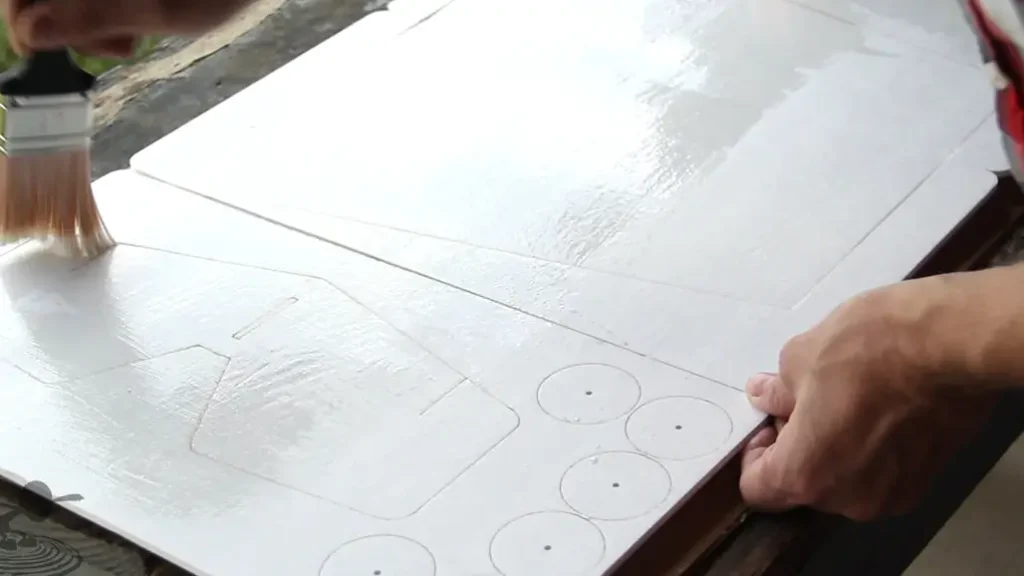
Step 1: Prepare the Foam Board
Painting directly onto foam board insulation can be challenging due to its smooth, non-porous surface. Proper preparation is key to ensure the paint adheres well and lasts. Begin by thoroughly cleaning the foam board to remove any dust, dirt, or debris. This will create a clean surface for the primer to bond with.
Step 2: Prime the Foam Board
Priming is crucial for successful paint adhesion on foam board insulation. Use a high-quality primer specifically designed for use on plastic or difficult-to-paint surfaces. These primers are formulated to create a better surface for the paint to adhere to, preventing peeling or chipping. Apply the primer evenly to the entire surface of the foam board using a brush, roller, or spray gun. Allow the primer to dry completely according to the manufacturer‘s instructions before proceeding to the next step.
Step 3: Choose and Apply Paint
Select a high-quality, flexible paint such as latex or acrylic paint. Avoid oil-based paints, as they may not adhere well to the foam and can potentially damage the insulation. Apply the paint in thin, even coats using a brush, roller, or spray gun. Allow each coat to dry completely before applying the next. Multiple thin coats are generally more effective than one thick coat.
Step 4: Consider a Sealant (Optional)
For added durability and protection, you can apply a clear sealant over the painted surface. This can help to protect the paint from wear and tear and enhance its longevity. Choose a sealant that is compatible with both the primer and the paint used. Follow the manufacturer‘s instructions for application and drying time.
By following these steps and using the appropriate materials, you can successfully paint foam board insulation, enhancing its appearance and potentially adding a decorative touch to your project.
Challenges of Painting Expanded Polystyrene
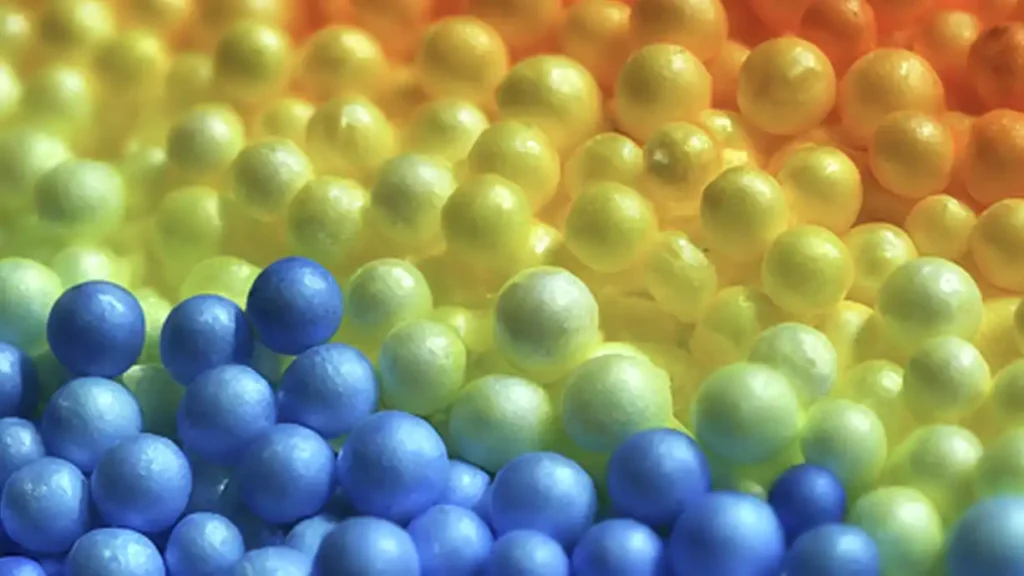
Painting Expanded Polystyrene (EPS) presents several challenges that must be addressed to achieve satisfactory results:
- Adhesion Issues: Due to its smooth and non-porous surface, EPS may not readily bond with conventional paints. Without proper preparation and priming, paint adhesion can be compromised, leading to issues such as peeling, flaking, or poor coverage.
- Compatibility with Paints: Not all paints are suitable for use on EPS. Some paints contain solvents or chemicals that can dissolve or damage the foam structure of EPS. Choosing the right type of paint that is specifically formulated for use on plastic surfaces and compatible with EPS is crucial to ensure long-lasting and durable results.
- Surface Preparation: Proper surface preparation is essential to overcome adhesion issues and ensure a smooth and uniform finish when painting EPS. This may involve thorough cleaning of the surface to remove dirt, dust, or debris, as well as applying a suitable primer to improve paint adhesion and seal the surface.
- Potential for Surface Damage: EPS is relatively fragile and can be easily damaged during handling, transport, or painting. Care must be taken to avoid denting, scratching, or gouging the surface, as these imperfections can affect the final appearance of the painted surface.
- Environmental Factors: Environmental factors such as temperature, humidity, and exposure to sunlight can impact the painting process and the performance of the finished paint job. Extreme temperatures or high humidity levels can affect drying times and paint adhesion, while prolonged exposure to sunlight may cause fading or discoloration of the paint.
Addressing these challenges requires careful planning, proper technique, and the use of appropriate materials and methods to ensure a successful painting experience and a high-quality finish on EPS surfaces.
Preparation Steps Before Painting
Before painting Expanded Polystyrene (EPS), it’s crucial to undertake thorough preparation steps to ensure optimal adhesion and a smooth, long-lasting finish.
Here’s a detailed explanation of the preparation process:
- Surface Cleaning: Begin by cleaning the EPS surface thoroughly to remove any dirt, dust, or debris that may interfere with paint adhesion. Use a mild detergent solution and a soft cloth or sponge to gently wipe down the surface, ensuring all contaminants are removed. Allow the surface to dry completely before proceeding to the next step.
- Priming: Apply a suitable primer specifically designed for use on EPS surfaces. The primer helps to improve paint adhesion by creating a uniform and porous surface that allows the paint to bond effectively. Use a brush or roller to apply the primer evenly, covering the entire surface of the EPS foam. Allow the primer to dry according to the manufacturer’s instructions before proceeding.
- Filling Gaps and Imperfections: Inspect the EPS surface for any gaps, cracks, or imperfections that may affect the final paint finish. Use a suitable filler or sealant to fill in any gaps or smooth out uneven areas on the surface. Allow the filler to dry completely before sanding it down to achieve a smooth and uniform surface texture.
- Sanding: Lightly sand the primed surface with fine-grit sandpaper to smooth out any rough spots or imperfections and to promote better paint adhesion. Be careful not to sand too aggressively, as this may damage the EPS foam. Once the surface is smooth and free of imperfections, wipe it down with a clean, damp cloth to remove any dust or debris.
Choosing the Right Paint for EPS

Choosing the right paint for Expanded Polystyrene (EPS) is crucial to achieving a successful and long-lasting finish. Here’s a detailed explanation of factors to consider when selecting paint for EPS:
- Compatibility: Ensure that the paint you choose is compatible with EPS foam. Some paints contain solvents or chemicals that can dissolve or damage the foam structure of EPS. Look for paints specifically formulated for use on plastic surfaces, including EPS, to ensure compatibility and minimize the risk of damage.
- Water-Based vs. Solvent-Based: Consider the type of paint base—water-based or solvent-based. Water-based paints are generally preferred for painting EPS due to their lower toxicity and minimal impact on the foam structure. They are also easier to clean up and have a shorter drying time. Solvent-based paints may contain harsh chemicals that can damage EPS, so use them with caution and ensure they are compatible with the foam.
- Flexibility and Durability: Choose a paint that offers flexibility and durability, especially if the painted surface will be exposed to movement or environmental factors such as temperature fluctuations. Flexible paints can withstand expansion and contraction without cracking or peeling, ensuring a longer-lasting finish on EPS surfaces.
- Color Options: Consider the color options available with the paint you choose. Select colors that complement your project or desired aesthetic, keeping in mind any specific requirements or preferences you may have.
- Finish Type: Decide on the desired finish type for your project, whether it’s matte, satin, or gloss. Different finishes offer varying levels of sheen and texture, so choose one that best suits your application and desired look.
- Application Method: Consider the application method you plan to use—brush, roller, or spray. Ensure that the paint you choose is suitable for your preferred application method and that it can be applied evenly to achieve a smooth and professional finish on EPS surfaces.
How to Paint Expanded Polystyrene?
Painting Expanded Polystyrene (EPS) requires careful preparation and the right materials to ensure a smooth, durable finish. EPS is sensitive to solvents, so using water-based products and proper techniques is essential. Following structured steps—from surface preparation to sealing—helps prevent damage, enhances adhesion, and results in a vibrant, long-lasting painted surface suitable for crafts, models, or decorative projects.
Step 1: Prepare the Surface
Before painting, ensure the EPS surface is clean, dry, and free from dust or debris. Lightly sanding the surface helps paint adhere better, while protecting edges prevents damage during handling. Proper preparation ensures a smooth, long-lasting finish.
Step 2: Apply a Primer
Use a water-based primer suitable for EPS to create a protective layer. This prevents the paint from melting or damaging the foam. Apply evenly with a brush or spray and allow it to fully dry before painting.
Step 3: Choose the Right Paint
Select water-based acrylic or latex paints, as solvent-based paints can dissolve EPS. These paints provide good coverage and flexibility. Choose colors based on your project, and test a small area first to ensure compatibility.
Step 4: Apply the Paint
Use a brush, roller, or spray to apply thin, even layers. Multiple coats may be needed for full coverage. Allow each coat to dry completely before adding the next to prevent peeling or uneven texture.
Step 5: Seal and Protect
After painting, apply a water-based clear sealer to protect the finish from moisture and wear. This step enhances durability, ensures vibrant color retention, and extends the life of your painted EPS project.
Techniques for Painting Expanded Polystyrene
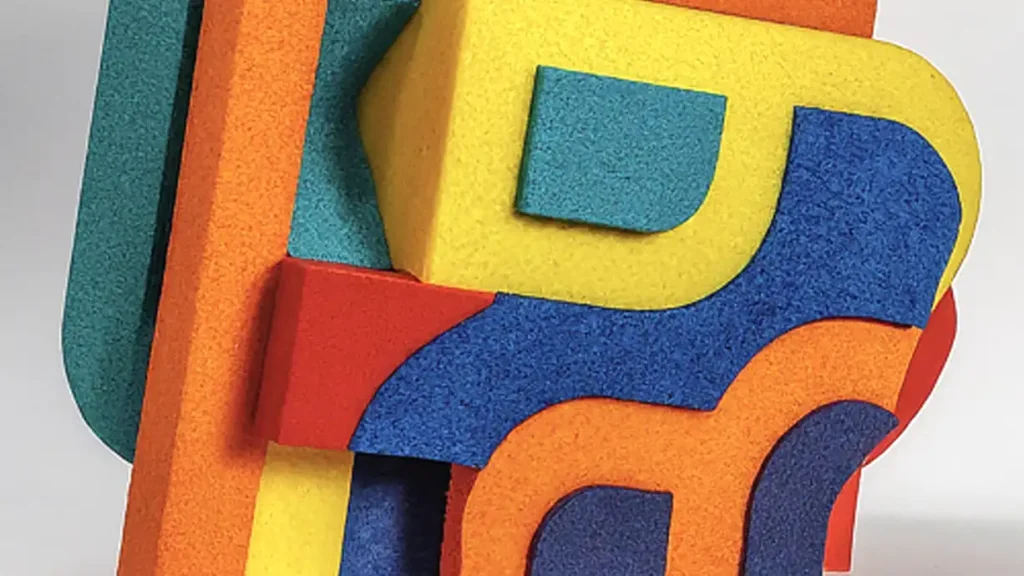
When it comes to painting Expanded Polystyrene (EPS), employing the right techniques can make a significant difference in achieving a smooth and professional finish. Here’s a detailed explanation of various painting techniques suitable for EPS:
Brush Painting:
- Brush painting is a traditional and versatile technique suitable for smaller projects or detailed work on EPS surfaces.
- Use a high-quality brush with synthetic bristles to apply the paint evenly in smooth, controlled strokes.
- Start by dipping the brush into the paint and removing any excess paint by tapping it against the edge of the paint can.
- Apply the paint to the EPS surface using light pressure, working in small sections to ensure even coverage.
- Blend each stroke smoothly into the previous one to avoid visible brush marks and achieve a seamless finish.
Spray Painting:
- Spray painting is an efficient technique for covering larger areas of EPS surfaces quickly and evenly.
- Use a low-pressure sprayer or airbrush specifically designed for use with paint to avoid damaging the EPS foam.
- Ensure proper ventilation in the painting area to prevent inhalation of paint fumes and promote even drying of the paint.
- Hold the sprayer approximately 6-8 inches away from the EPS surface and apply the paint in smooth, overlapping passes.
- Move the sprayer in a consistent back-and-forth motion to achieve uniform coverage and avoid drips or runs in the paint.
Roller Painting:
- Roller painting is an efficient method for covering larger surfaces of EPS with paint, providing even coverage and a uniform finish.
- Use a high-density foam roller cover suitable for use with water-based paints to ensure smooth application and minimize roller marks.
- Pour the paint into a paint tray and load the roller by rolling it back and forth in the paint until evenly coated.
- Apply the paint to the EPS surface using light pressure, working in overlapping sections to ensure thorough coverage.
- Roll the paint onto the surface in parallel strokes, slightly overlapping each pass to blend the paint and avoid streaks or uneven patches.
Tips for All Techniques:
- Apply multiple thin coats of paint rather than one thick coat to achieve better adhesion and avoid drips or runs.
- Allow each coat of paint to dry completely before applying additional coats to avoid smudging or wrinkling.
- Maintain consistent pressure and technique throughout the painting process to achieve a uniform finish.
- Practice on a small, inconspicuous area of the EPS surface before painting the entire surface to ensure compatibility and desired results.
By choosing the right painting technique and following these tips, you can achieve a smooth, professional finish when painting Expanded Polystyrene (EPS) surfaces for various applications.
Tips for Achieving a Smooth Finish
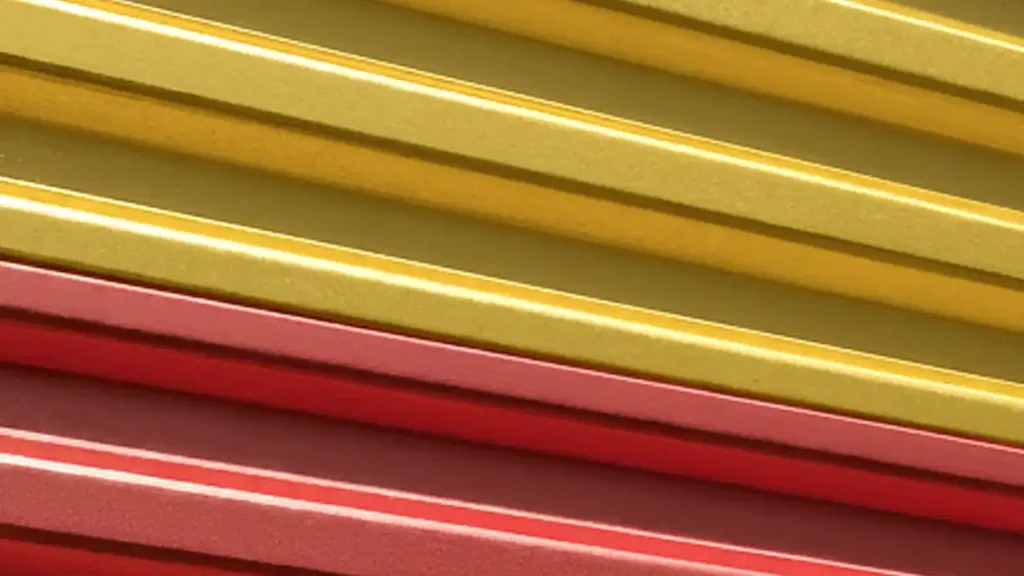
To achieve a smooth finish when painting Expanded Polystyrene (EPS) surfaces, consider the following tips:
- Thin Coats: Apply multiple thin coats of paint rather than one thick coat. Thin coats help prevent drips, runs, and uneven coverage, resulting in a smoother finish.
- Proper Drying Time: Allow each coat of paint to dry completely before applying the next layer. Rushing the drying process can lead to smudging, wrinkling, or surface imperfections that affect the final finish.
- Use High-Quality Tools: Invest in high-quality brushes, rollers, or sprayers designed for use with the type of paint you’re using. Quality tools help ensure even application and better control over the painting process.
- Smooth Surfaces: Start with a smooth and properly prepared EPS surface. Sand down any rough spots, imperfections, or dried primer between coats to create a uniform base for painting.
- Avoid Overloading: Be mindful not to overload the EPS surface with paint. Excessive paint can lead to drips, runs, or an uneven texture, detracting from the smoothness of the finish.
- Brushing Technique: When brush painting, use smooth and even strokes, overlapping each stroke slightly to blend the paint and minimize brush marks. Work in small sections to maintain control and achieve consistent coverage.
- Rolling Technique: If using a roller, apply light pressure and use long, overlapping strokes to cover the surface evenly. Avoid pressing too hard, which can create roller marks or streaks in the paint.
- Spraying Technique: When spray painting, maintain a consistent distance from the EPS surface and use smooth, overlapping passes to achieve uniform coverage. Adjust the spray pattern and pressure as needed to avoid oversaturation or uneven application.
- Environmental Conditions: Paint in a well-ventilated area with moderate temperature and humidity levels. Extreme heat, cold, or humidity can affect the drying time and adhesion of the paint, impacting the smoothness of the finish.
- Patience and Attention to Detail: Take your time and pay attention to detail throughout the painting process. Careful and deliberate application, along with proper drying and curing times, will contribute to a smoother and more professional-looking finish.
Safety Considerations for Painting Expanded Polystyrene
When painting Expanded Polystyrene (EPS), it’s essential to prioritize safety to protect yourself and the environment. Here are some safety considerations to keep in mind:
Ventilation: Work in a well-ventilated area to minimize exposure to paint fumes and promote air circulation. Open windows and doors or use fans to improve ventilation, especially when using solvent-based paints or spray painting indoors.
Protective Gear: Wear appropriate personal protective equipment (PPE) to protect yourself from potential hazards associated with painting, including:
- Gloves: Wear gloves to protect your hands from contact with paint and chemicals.
- Goggles or Safety Glasses: Use goggles or safety glasses to shield your eyes from paint splatter, fumes, and airborne particles.
- Respirator or Mask: When working with paints that emit harmful fumes or aerosols, wear a respirator or mask to prevent inhalation of toxic substances.
- Skin Protection: Cover exposed skin to prevent direct contact with paint and chemicals. Wear long-sleeved shirts, pants, and closed-toe shoes to minimize skin exposure.
- Avoiding Contact with Eyes and Mouth: Be mindful not to touch your eyes, nose, or mouth with paint-covered hands to prevent irritation or ingestion of harmful substances.
- Handling and Storage of Paints: Follow manufacturer guidelines for handling, storage, and disposal of paints and paint-related materials. Keep paints out of reach of children and pets, and store them in a cool, dry place away from heat sources and direct sunlight.
- Fire Safety: Exercise caution when working with paints, solvents, and other flammable materials. Avoid smoking or open flames near painting areas, and have fire extinguishing equipment readily available as a precaution.
- Clean-Up and Waste Disposal: Clean up spills and dispose of paint waste properly according to local regulations. Use absorbent materials to contain spills and dispose of them in designated waste containers or recycling facilities.
- Follow Instructions and Guidelines: Always follow manufacturer instructions, safety data sheets (SDS), and recommended practices for the safe handling, use, and disposal of paints and painting materials.
By adhering to these safety considerations, you can minimize the risks associated with painting Expanded Polystyrene (EPS) and create a safer working environment for yourself and those around you.
Conclusion
In conclusion, painting Expanded Polystyrene (EPS) can be achieved successfully with the right techniques and preparation. By understanding the properties of EPS and selecting the appropriate paints and methods, you can create vibrant and durable finishes on EPS surfaces for various applications.
